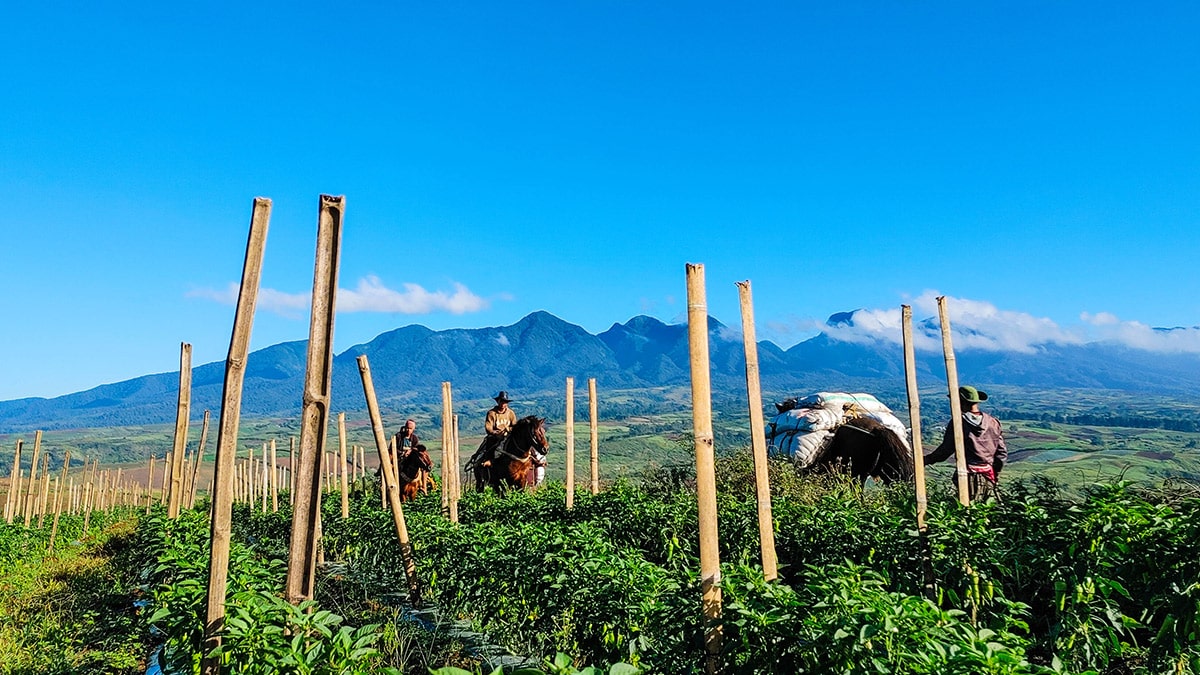
Brazil’s state-run oil giant Petrobras is looking at opportunities to invest in Argentina, potentially in the Vaca Muerta shale play, nearly a decade after pulling out of the country, Brazil’s ambassador said Nov. 19. Petrobras has “a strong interest to return to Argentina,” Julio Glinternick Bitelli, Brazil’s ambassador to Argentina, said at the Forbes Energy Summit in Buenos Aires.
“It would be very good for news for bilateral relations if Petrobras came back,” he said. A trigger for this investment could be a memorandum of understanding signed Nov. 18 between Argentina and Brazil for natural gas trade.
The MOU calls for Argentina to gradually increase gas exports to Brazil to reach 30 million cu m/d by 2030, beginning at 2 million cu m/d in 2025. The supplies will come from Vaca Muerta, one of the world’s largest shale plays, over existing and proposed pipelines to Brazil, via either Bolivia, Paraguay or Uruguay — or a combination. Petrobras has been in talks with its Argentinian counterpart, YPF, on possible joint upstream ventures over the past few months.
On Sept. 26, the companies signed a MOU to study possibly projects over the next three years, extendible for another three. The initial focus could be in stepping up investment in Río Neuquén, a field in the Neuquén basin that is home to Vaca Muerta.
YPF operates the field with Petrobras as a partner in what is its only asset left in Argentina. At the time of signing the MOU, Petrobras said a project at the field would help diversity its portfolio into one of the most promising shale plays in the world. Río Neuquén, which is producing some 5.
2 million cu m/d of gas and 2,100 b/d of oil, is one of the few assets that Petrobras kept in Argentina after selling its assets in southern Argentina in 2015 to Compañía General de Combustibles and most of the rest a year later to Pampa Energía. Petrobras went on to focus its investments in Brazil, where its oil production has surged as a result. While Argentina’s oil and gas production was in decline when Petrobras pulled out, it has since recovered, led by Vaca Muerta.
The Patagonian shale play is expected to more than double in production to 1 million b/d of oil and more than 250 million cu m/d of gas by 2030, according to a recent estimate by PwC, a professional services firm. PwC expects the production growth will make Argentina a global supplier of oil and gas, taking the energy surplus to $30 billion that year from a deficit in 2023, a sign of the opportunities for growth. Source:.














